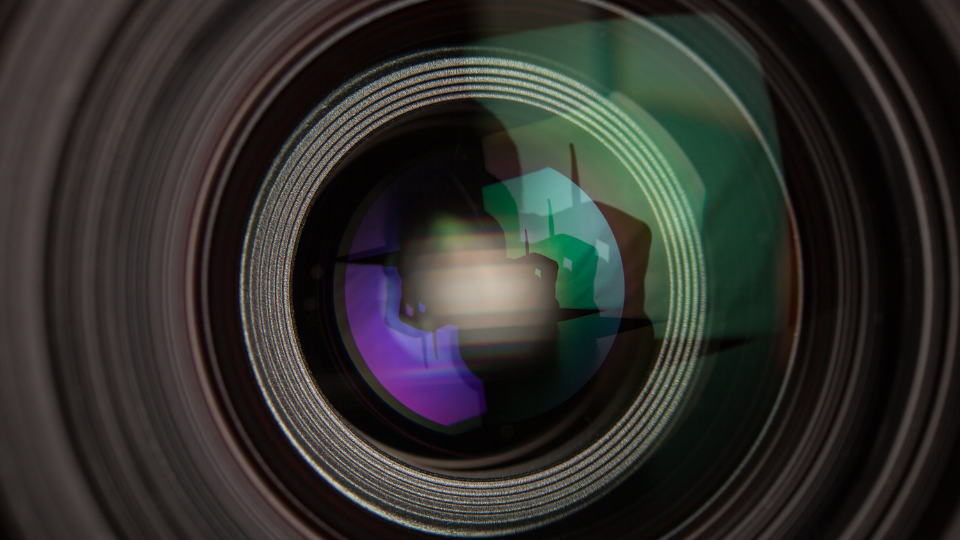
Advancements in Autonomous Robotics: The Quest for Precision in NOVABOT's Visual Localization Technology
|
|
Lesezeit 1 min
|
|
Lesezeit 1 min
Precise localization is critical for autonomous robots like NOVABOT, enabling them to understand their position within a given area. This capability is achieved through the fusion of data from multiple sensors, including IMUs, GPS, wheel odometers, front-facing cameras, Time-of-Flight (ToF) sensors, and 360-degree panoramic cameras. High localization accuracy significantly enhances the robot's ability to perform tasks such as path planning, directly impacting its operational capability and the aesthetic quality of its work, such as lawn mowing.
The pursuit of precise localization led to the development of visual localization technology. Market evidence has shown that RTK, despite its potential, is not always reliable. Factors such as satellite signal interference can degrade RTK performance, leading to decreased precision or complete unavailability. Vision-based systems represent the future direction for localization - a future where visual systems could potentially replace RTK entirely. During the transition, however, RTK may still require visual systems as a supplementary measure.
NOVABOT's ultimate goal is to achieve a breakthrough in visual localization, and it is making significant strides in this direction. Visual localization offers a more environmentally friendly and resource-efficient solution. Cameras can recognize and navigate through more complex environments, handle a wider range of scenarios, and offer more robust and versatile solutions. By recognizing environments in three dimensions, visual systems can enhance intelligence and stability, akin to autonomous driving technologies.
To appreciate the difference firsthand, consider the interaction between Google's screen navigation and VR headsets. The camera serves as the eyes of the robot, capturing detailed environmental data.
NOVABOT's visual system is the result of meticulous sensor selection and powerful algorithm development by a skilled team. The algorithms are advanced, comprehensive, and highly adaptable, providing solutions for various corner cases with rigorous logic, fewer bugs, and high stability. This ensures that the carefully selected sensors are integrated effectively, yielding exceptional localization precision.
Furthermore, we have established a large-scale, simulation environment that emulates the conditions of autonomous driving on a lawn, allowing 24/7 real-environment testing and validation. Within this simulation environment, ground truth is used to verify and calibrate our algorithms, continuously enhancing their accuracy..
Currently, NOVABOT is capable of loop closure scenario comparison. During operation, NOVABOT continually builds a historical scene database through its algorithms. This enables:
1. Rapid relocalization using the historical database in the event of collisions or unexpected incidents.
2. Automatic comparison of visual images to identify and remember pathways, facilitating on-the-fly correction and adjustment.
In summary, NOVABOT's advanced visual localization technology marks a significant leap forward in the realm of autonomous robotics, promising enhanced performance and reliability.
